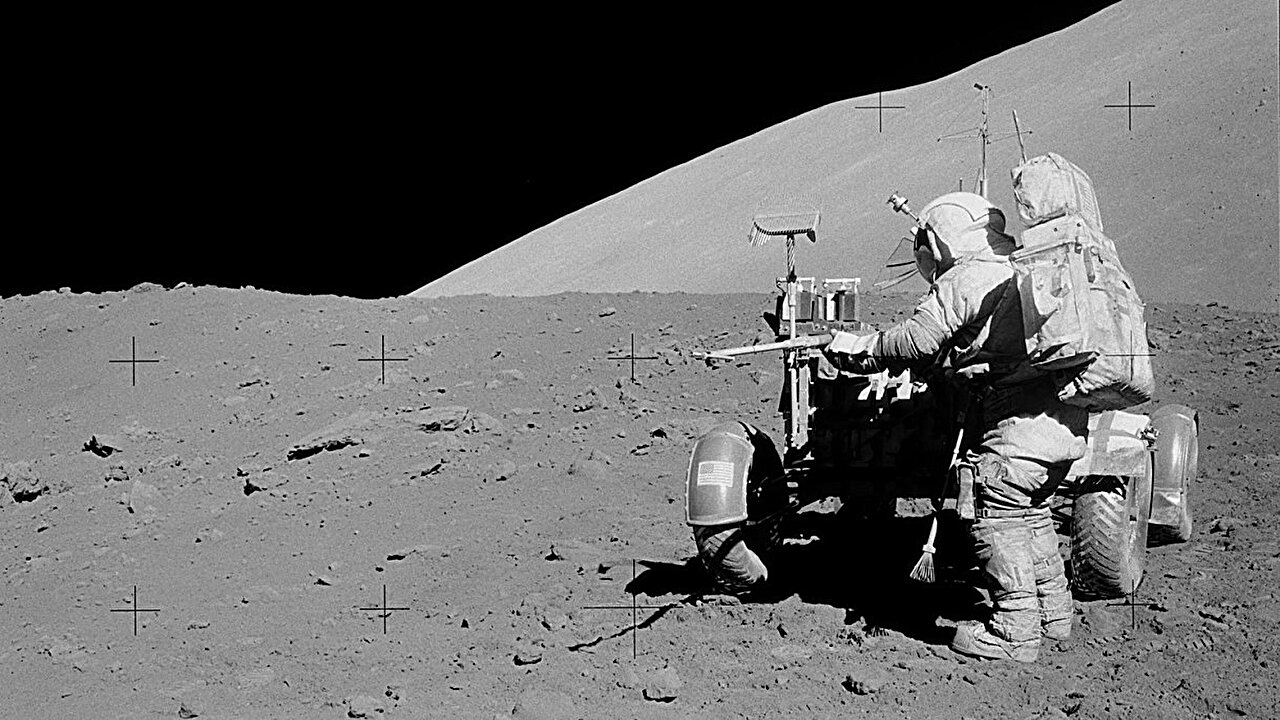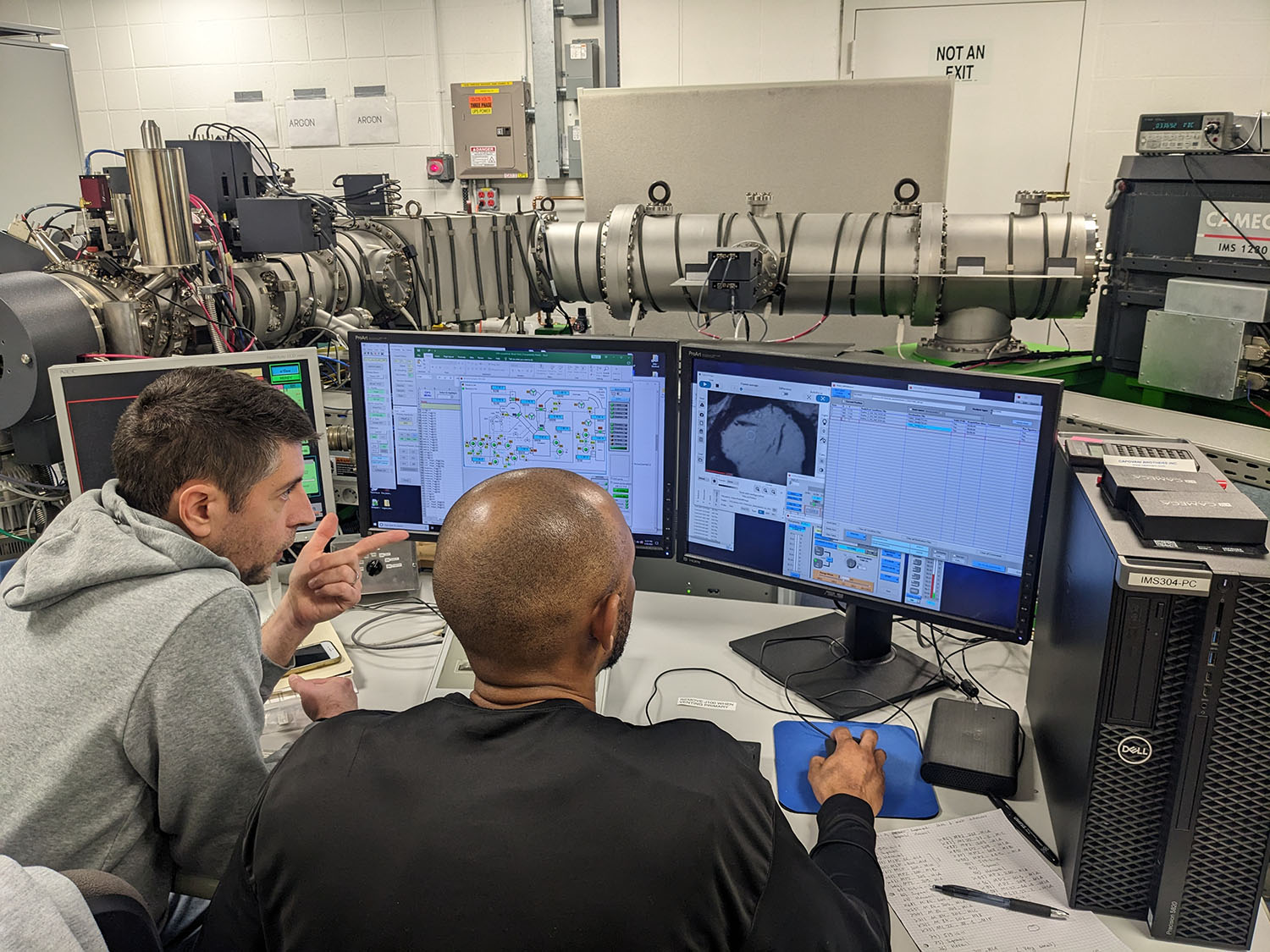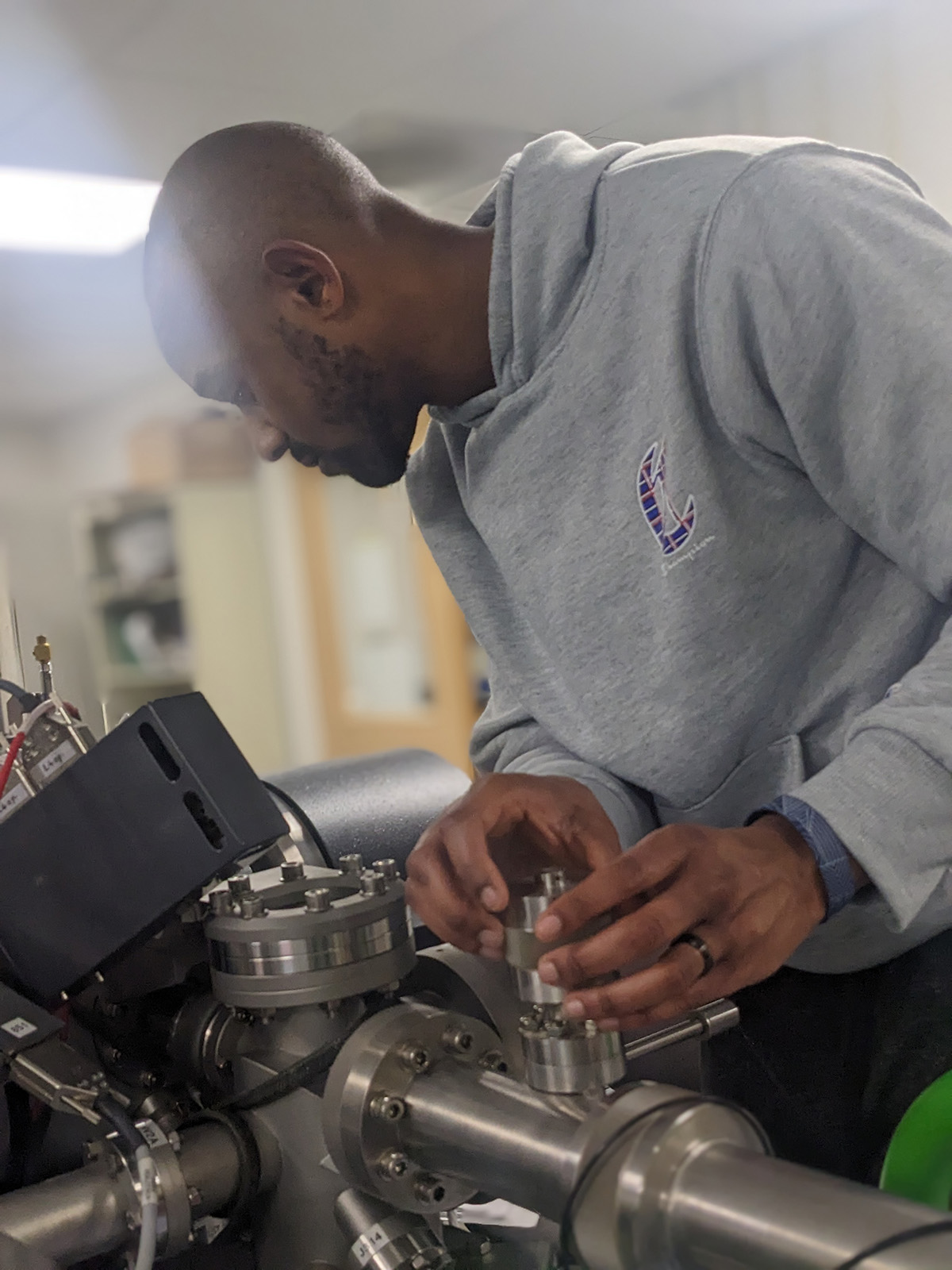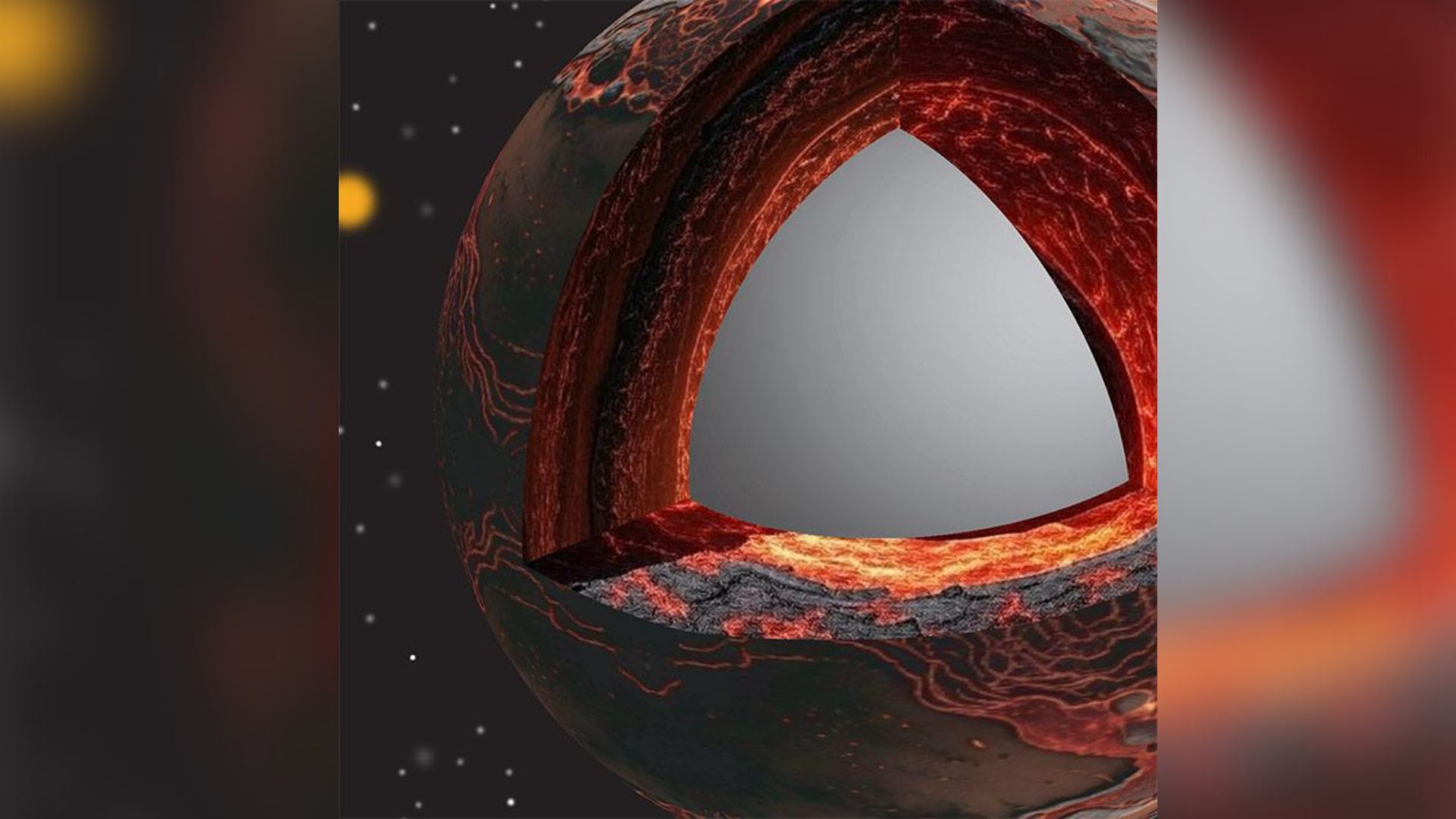Scientists open untouched Apollo 17 lunar samples from 1972 — they may hold clues about the moon's violent origins
"My first thought was, 'holy shmolies, that can't be right'. These are just very surprising results."

Scientists have found that a sample of the moon brought to Earth in 1972 by Apollo 17 astronauts contains a ratio of sulfur isotopes very different to what we see on Earth. It's a discovery that could either tell us about the giant impact that formed the moon, or about the moon's earliest history.
When the six Apollo missions that landed on the moon returned home, some samples of lunar rocks and regolith they brought with them were stored, pristine and unopened. This is because scientists wanted to preserve them for a later date when more advanced instruments could be used for their analysis.
In recent years, NASA has been gradually releasing these stored samples from the Apollo Next Generation Sample Analysis program to researchers armed with instruments that hadn't even been invented in 1972.
Among those instruments is a secondary ion mass spectrometer, employed by a team of researchers led by James Dottin, an assistant professor of Earth, environmental and planetary sciences from Brown University.
Dottin's team requested one of the "double drive tubes," which Apollo 17 astronauts Gene Cernan and Harrison Schmitt pushed 23.6 inches (60 centimeters) into the lunar regolith, sampling material from just beneath the surface and storing it in a metal cylinder. This sample has been left untouched since it arrived on Earth.
In particular, Dottin's team wanted a sample of volcanic rock that was originally part of the moon's mantle. Scientists think that the moon formed when a Mars-size protoplanet called Theia slammed into Earth, forming debris that coalesced into the moon. Therefore, the chemistry of the lunar mantle can teach us about this giant impact and the material that was re-made into the moon.
Previous studies of lunar samples have found the ratio of different isotopes of oxygen in the moon's mantle broadly match that on Earth, suggesting the moon is formed mostly of debris from Earth.
Breaking space news, the latest updates on rocket launches, skywatching events and more!
Returning to the team's analysis, an isotope is an atom of a specific element that has the same number of protons but a different number of neutrons — and Dottin wanted to check the isotopic ratios of sulfur, which a secondary ion mass spectrometry can measure precisely.
"I was targeting sulfur that had a texture that would suggest it was erupted with the rock and not added through a different process," Dottin said in a statement.
However, the analysis showed that compared to the ratios of different isotopes of sulfur on Earth, the moon seems to be depleted in sulfur-33 (meaning sulfur with 33 neutrons), which is one of the four stable sulfur isotopes (sulfur-32, sulfur-34 and sulfur-36 being the others).


"Before this, it was thought that the lunar mantle had the same sulfur isotope composition as Earth," said Dottin. "That's what I expected to see when analyzing these samples, but instead we saw values that are very different from anything we find on Earth. My first thought was, 'holy shmolies, that can't be right', so we went back to make sure we had done everything properly, and we had. These are just very surprising results."
Dottin's team have come up with two possible explanations. One is that the isotopic ratios of sulfur are a legacy not of Earth, but of the chemical composition of Theia, and that more of the moon is made from debris originating from this ancient protoplanet than had been thought.
The other possibility is that sulfur-33 became depleted after the moon formed. It is suspected that the very young moon was wrapped in a thin atmosphere — and, if sulfur was present in this atmosphere, it could have interacted with ultraviolet light from the sun. The chemical reactions resulting from this interaction could have led to a depleted amount of sulfur-33.
If this is the case, it means the altered sulfur in the moon's early and brief atmosphere must have somehow been transported from the lunar surface down to the mantle. Then, it would have erupted back to the surface at a later date.
"That would be evidence of an ancient exchange of materials from the lunar surface to the mantle," said Dottin. "On Earth, we have plate tectonics that does that, but the moon doesn't have plate tectonics. So this idea of some kind of exchange mechanism on the early moon is exciting."
For now, there's no way to know which explanation is the correct one. However, if future missions can measure the isotopic ratios of sulfur on other bodies in the solar system, such as Mars and asteroids, it could provide clues as to whether the sulfur-33 depletion on the moon is a legacy of its other parent Theia, which could have been made of the same material as Mars and asteroids, or whether it is a consequence of chemical reactions that took place after the moon had formed.
The findings were published on Sept. 10 in the Journal of Geophysical Research: Planets.

Keith Cooper is a freelance science journalist and editor in the United Kingdom, and has a degree in physics and astrophysics from the University of Manchester. He's the author of "The Contact Paradox: Challenging Our Assumptions in the Search for Extraterrestrial Intelligence" (Bloomsbury Sigma, 2020) and has written articles on astronomy, space, physics and astrobiology for a multitude of magazines and websites.
You must confirm your public display name before commenting
Please logout and then login again, you will then be prompted to enter your display name.
